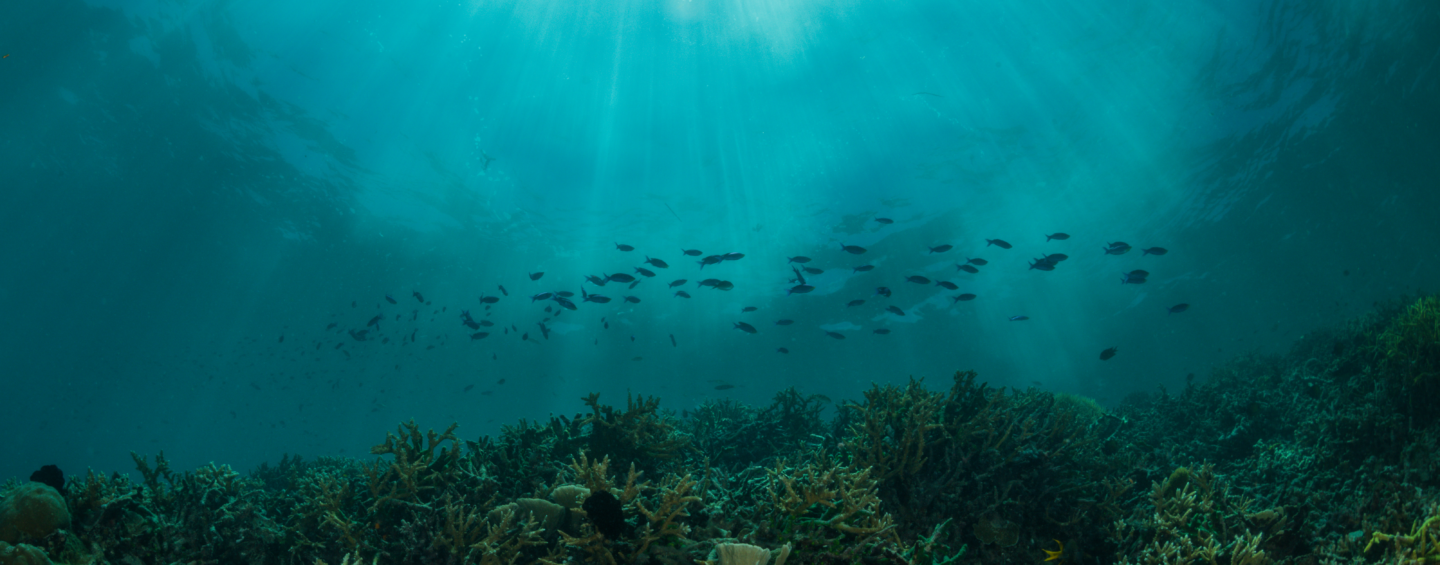By Tania Woodcock
Back in September, the team behind SFP’s Ocean Disclosure Project (ODP), which aims to be the global platform for voluntary disclosure of seafood sourcing, excitedly launched the new website through which all ODP profiles will now be shared.
The ODP began its life in 2015 when Asda, a major UK retailer and subsidiary of Walmart, agreed to publicly share its seafood sourcing list for the first time. Since then, the number of participating companies has grown, with nine at the time of the September website launch and a further two— frozen seafood supplier North Atlantic, Inc., and major North American retailer Walmart US—joining in October and November. With these companies leading the way in seafood transparency, the ODP and its participants have earned the praise of industry stakeholders including environmental groups such as Greenpeace, as well as representatives of the responsible investment community.
Abigail Herron, Head of Responsible Investment Engagement, AVIVA Investors, commented:
“Understanding the sustainability of raw materials is essential to the responsible investment community. The Ocean Disclosure Project allows investors to understand the sustainability performance of individual companies regarding seafood as well as supporting high-quality dialogues that can lead to real positive change in the way we manage the oceans.”
It seems clear that the case for transparency is now embedded in the minds of most sustainability professionals and openness is recognized as an integral part of good business management. Allegations of IUU fishing, modern slavery, and mislabeling, among other challenges, have diminished trust in seafood and I believe it is now, more than ever, vital for companies to demonstrate integrity in their supply chains.
The ODP enables seafood buying companies to do just that by publicly reporting their sourcing practices and communicating sustainability efforts through a credible platform. As greater transparency becomes the norm, companies that report through the ODP or similar methods position themselves at the fore, gaining a competitive advantage by being better placed to tell their own story and lead discussions on improvements. With the new ODP website greatly increasing the visibility of the transparency efforts of participating companies, those that get left behind can expect to be subjected to increasing scrutiny about their own seafood sourcing practices.
The costs of participating in the ODP are minimal. For companies that already have good oversight of their seafood supply, participating in the ODP is an easy and simple way to disclose their sources and highlight progress toward responsible sourcing commitments for seafood. For others, participation in the ODP acts as a catalyst for conversations with suppliers that can ultimately lead to a better understanding of their operations, reduced risk exposure, and more effective improvement actions.
An ODP profile contains information on the provenance and environmental sustainability of a participating company’s source fisheries: fishery name; location and nationality; gear types; stock status and management; the presence of certification or improvement projects; and the fishery impact on PET species, bycatch, and benthic habitats. In addition to the source list, the ODP provides a space for companies to outline their sourcing criteria and commitments, identify works in progress, and highlight their achievements. Starting within the next year, we plan to also include information on traceability systems.

